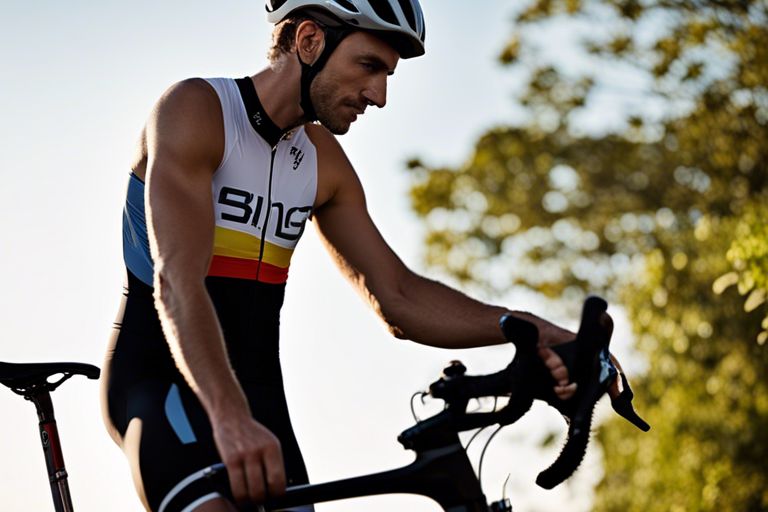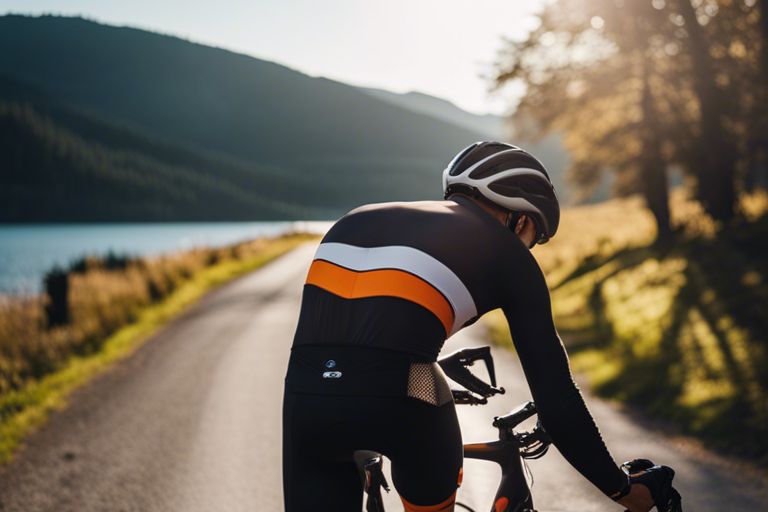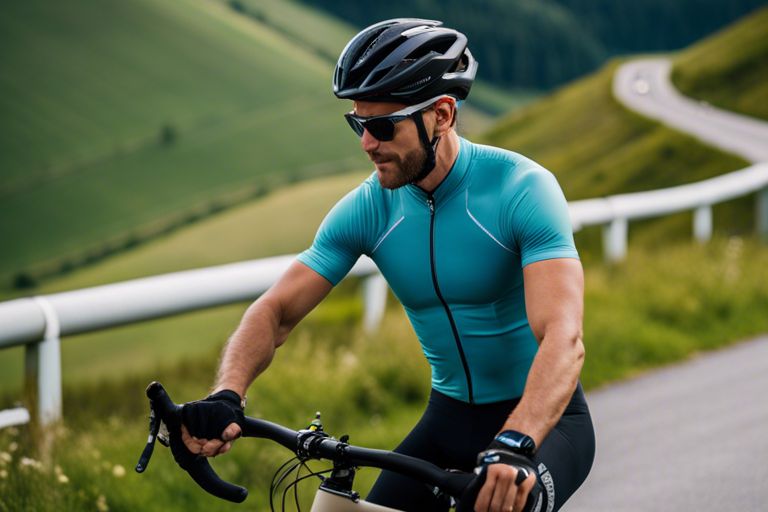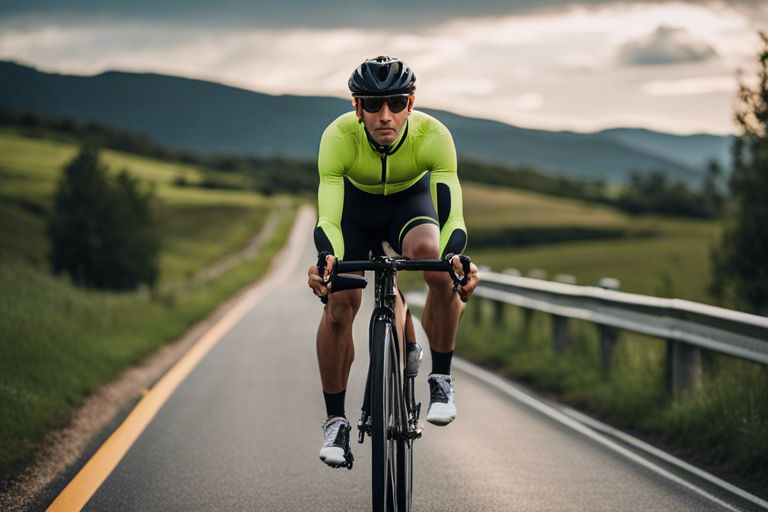Fit is one of the most crucial factors when it comes to choosing the right cycling bibs. Finding the perfect balance between snug and comfortable is imperative for maximizing performance and comfort during your rides. In this blog post, we will guide you on how tight your cycling bibs should be for the best cycling experience.

Key Takeaways:
- Snug fit is important: Cycling bibs should fit snugly to provide optimal comfort and performance during rides.
- Avoid excessive tightness: While a tight fit is recommended, excessively tight bibs can restrict blood flow and cause discomfort during long rides.
- Check for proper sizing: It’s important to choose the right size of cycling bibs to ensure a comfortable fit that allows for freedom of movement without being too tight.
Understanding Cycling Bibs
Purpose of Cycling Bibs
Any experienced cyclist knows the value of a good pair of cycling bibs. These shorts are designed to provide comfort and support during long rides. The purpose of cycling bibs is to offer a snug fit that stays in place while you’re on the bike, reducing chafing and discomfort. The bib straps also help keep the shorts up without the need for a tight waistband that can dig into your skin.
Anatomy of Cycling Bibs
Cycling bibs are crafted with a mix of technical fabrics that provide compression and moisture-wicking properties. The chamois, or padding, is strategically placed to cushion your sit bones and sensitive areas, reducing pressure points and absorbing shock. The bib straps are designed to keep the shorts in place and prevent them from sliding down during your ride. Additionally, flatlock seams help reduce chafing and irritation, enhancing overall comfort.
Understanding the purpose and anatomy of cycling bibs is crucial for every rider looking to maximize their performance and comfort on the bike. By choosing the right pair of bibs that fit snugly but not too tight, you can enjoy your rides with confidence and ease.

The Fit of Cycling Bibs
General Fit Guidelines
Guidelines for the fit of cycling bibs are crucial for comfort and performance. When you first try on a pair of bibs, they may feel tighter than your regular shorts; however, this is normal. The bib straps should be snug but not overly tight, ensuring the chamois stays in place while riding. The bib shorts themselves should fit like a second skin, with no sagging or bunching of fabric.
Identifying Poor Fit and Its Effects
For cyclists, identifying poor fit in bibs is imperative to prevent discomfort and potential health issues. Signs of a poor fit include chafing, numbness, or excessive pressure points in the saddle area. Ill-fitting bibs can also lead to decreased blood circulation and nerve damage over time.
Plus, bibs that are too loose can cause friction and rubbing, leading to saddle sores and skin irritation. On the other hand, bibs that are too tight can restrict movement and cause discomfort during long rides. It’s important to find the right balance to ensure optimal performance and comfort on the bike.

Adjusting the Tightness of Cycling Bibs
When to Go Tighter
The fit of your cycling bibs plays a crucial role in your comfort and performance on the bike. If you find that your bibs are sagging or shifting while you ride, it may be time to adjust the tightness. This can help prevent chafing and discomfort, ensuring a more enjoyable cycling experience.
When to Opt for a Looser Fit
On the other hand, there are times when opting for a looser fit may be more beneficial. If you feel restricted or constricted in your current bibs, it could be worth trying a size up or loosening the straps slightly. A looser fit can improve blood circulation and prevent numbness or tingling during long rides.
Maintenance and Care for Optimal Fit
Washing and Drying Tips
Your cycling bibs are an vital part of your gear, and to ensure they maintain their optimal fit, proper care is crucial. When washing your bibs, always use a gentle cycle with cold water to prevent any damage to the fabric or the chamois. It is recommended to turn your bibs inside out before washing to help protect the delicate fibers and technical materials. Avoid using fabric softeners as they can break down the elasticity of the fabric, affecting the fit of your bibs. When drying, opt for air-drying instead of using a dryer to prevent any shrinkage or damage to the material.
- Wash your bibs with cold water on a gentle cycle.
- Turn your bibs inside out before washing.
- Avoid using fabric softeners.
- Opt for air-drying instead of using a dryer.
The proper care and maintenance of your cycling bibs will not only help them maintain their optimal fit but also extend their longevity for more rides to come.
Long-term Stretch and Fabric Care
Care and attention to detail can significantly impact the lifespan and performance of your cycling bibs in the long run. To maintain the stretch and fabric integrity, it is vital to store your bibs flat or hung up, avoiding any folding or creasing that could lead to permanent fabric damage. Additionally, be mindful of the surfaces your bibs come into contact with, as rough or abrasive surfaces can cause wear and tear on the fabric over time. By following these simple care tips, you can ensure that your cycling bibs maintain their optimal fit and performance ride after ride.
Final Words
Conclusively, when it comes to cycling bibs, a snug fit is crucial for optimal performance and comfort. The bibs should feel tight but not constricting, providing the necessary support and compression to enhance your cycling experience. Remember to consider your size, body shape, and personal preference when choosing the right fit for you. By getting the right size and fit, you can ensure a more enjoyable and efficient ride on your bike.
FAQ
Q: How tight should cycling bibs be?
A: Cycling bibs should fit snugly against your skin but not be so tight that they cause discomfort or restrict your movement. They should feel like a second skin, providing support and compression without being overly constricting.
Q: What are the benefits of wearing properly fitted cycling bibs?
A: Properly fitted cycling bibs can improve comfort on long rides by preventing chafing and saddle sores. They also provide muscle support and compression, which can help reduce fatigue and enhance performance. Additionally, a good fit ensures that the chamois stays in place, providing cushioning where you need it most.
Q: How can I determine if my cycling bibs are the right size?
A: To check if your cycling bibs are the right size, make sure the straps are comfortably snug without digging into your shoulders. The bibs should sit close to your skin without any excess fabric bunching up. The chamois should be in the correct position – close to your body and covering your sit bones. Take a test ride to see if the bibs stay in place and don’t shift around during movement.




